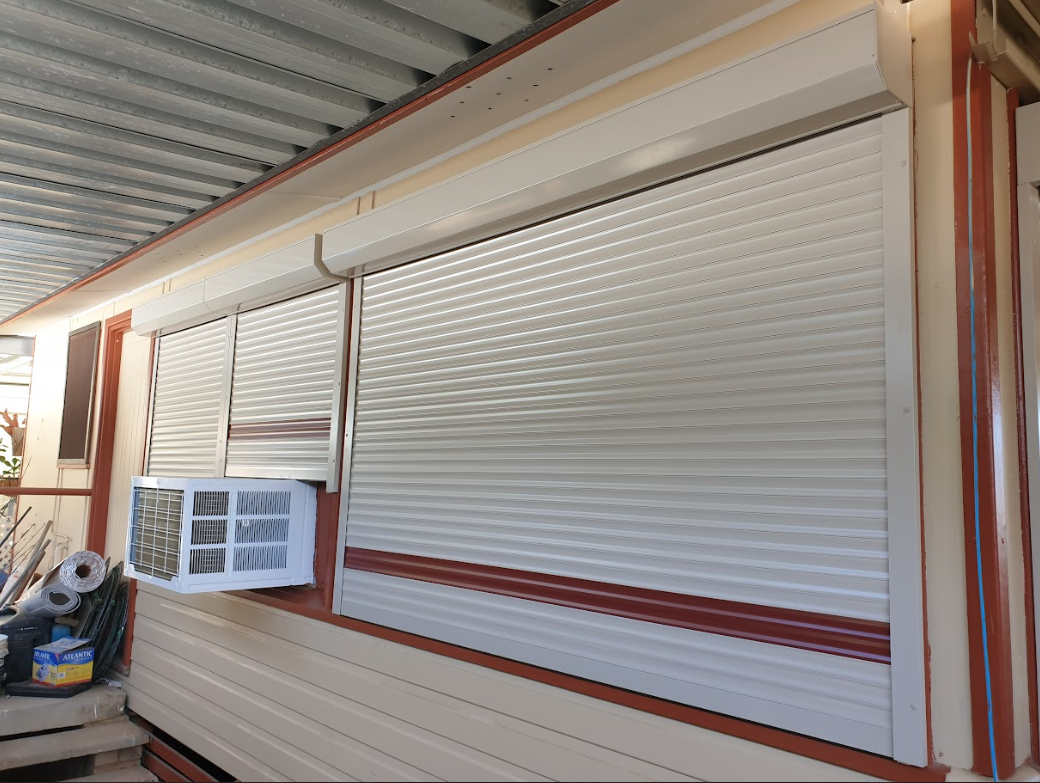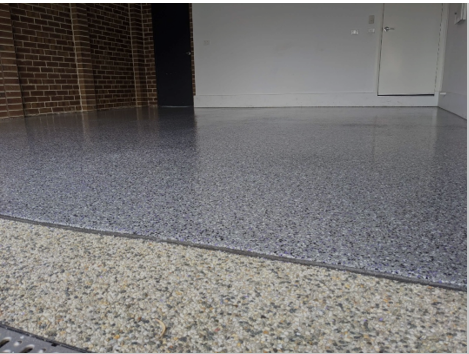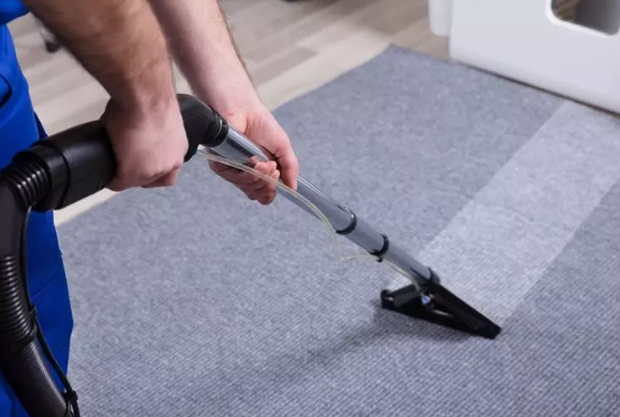Plants inside your home make it look nicer and give you fresh air. But they can also bring in pests. Pests often do very well in places where plants are kept indoors. It is perfect for pests to live there because it is humid and warm, and there are no natural predators around.
If you are facing persistent pest issues, you can find reliable solutions at saelapest.com to protect your plants and keep your home pest-free.
These pests can quickly spread and damage your plants, even if you do not see them right away. The good news is that simple steps can be taken to stop and treat pest problems.
Why Pests Love Your Plants
Pests are especially drawn to indoor plants because they are kept in warm, safe conditions. They always have water because they are watered regularly, and the air inside homes is generally still, unlike outside, where wind can blow pests away. All of these things make houseplants a great place for pests to live.
Also, too much watering can make the soil soggy, which is great for pests like fungus gnats to breed. When you bring new plants into your home, they might bring pests with them, and you might not even know it.
Pests like spider mites and aphids can fly or crawl in even if you just open a window. It is easy for pests to move from one plant to another once they are inside, which can make the problem hard to control.
Common Houseplant Pests
There are a number of pests that commonly target indoor plants. Each pest causes specific damage, so it is important to recognize the signs early. Below are some of the most common pests and the damage they cause:
| Pest | What They Do | Signs to Look For |
| Fungus Gnats | Lay eggs in wet soil; larvae damage roots | Tiny flies near the soil; weak or yellowing plants |
| Spider Mites | Feed on plant sap | Yellow spots on leaves; fine webbing |
| Mealybugs | Suck sap from plants | White, cotton-like clumps on stems |
| Scale Insects | Stick to stems and leaves; drain sap | Brown or white bumps on leaves or stems |
| Aphids | Suck sap and spread disease | Curled leaves, sticky residue on leaves |
There are several ways that these pests may damage your plants. Aphids and mealybugs, for example, damage plants by sucking out their sap. Spider mites, on the other hand, make tiny webs that suffocate your plants, killing them. A small problem can grow into a big outbreak if it is not fixed.
How to Spot an Infestation
Finding pests early is the best way to stop them from growing. Check your plants often for signs of pests, especially on the undersides of the leaves. Yellowing leaves, sticky spots on the leaves, or leaves that are bent and distorted are all common signs.
You might also see tiny webs or pests flying around near your plants. It is easier to get rid of an infestation if you catch it early.
Simple Ways to Get Rid of Pests
You do not have to use strong chemicals to get rid of pests. Drying out the soil, using neem oil, sticky traps, rubbing alcohol, and beneficial nematodes are all good ways to get rid of them.
Fungus gnats and other pests that like moist environments can be kept away by drying out the soil. Neem oil can be put on plant leaves, mainly the undersides. Flying pests can be caught with sticky traps, and mealybugs and scale bugs can be killed with rubbing alcohol.
Also, nematodes can help plants grow by eating young pests that are bad for them.
Without proper care, houseplants can become a haven for pests. You can keep pests away, though, if you check often, catch them early, and use simple treatments.
Make sure you take precautions and keep an eye on things to keep your plants healthy and free of pests. If you follow these steps, your plants will stay healthy and lush in your home for many years.





